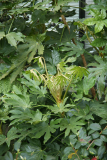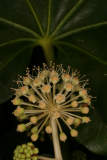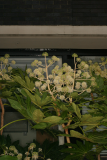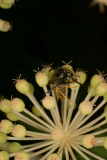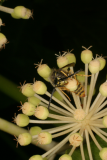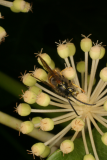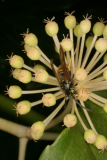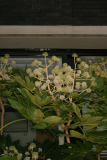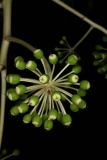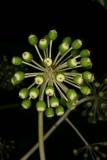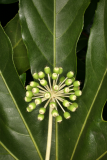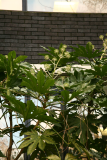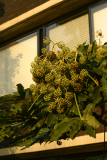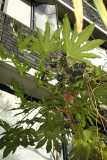Additional notes (click to expand)
Medicinal
F. japonica and F. polycarpa have been used as an herbal medicine in Japan and in Taiwan in treating diseases, such as coughing, ankylosing spondylitis, osteoarthritis, rheumatism, rheumatoid arthritis and tendinitis, and in blood circulation improvement
https://www.hindawi.com/ https://www.hindawi.com/journals/ecam/2013/857213/
Other use
Fatsia japonica (Thunb.) Decne. & Planch. Araliaceae False castor oil plant. Distribution: Japan, South Korea. Not even in the same family as the castor oil plant, Ricinus communis. An ornamental plant, Fatsia from the Japanese word for 'eight' hachi referring to the eight-lobed leaf. The sap can cause dermatitis.
Oakeley, Dr. Henry F. (2013). Wellcome Library notes.
link
One of the early plantings in the garden in the 1960's. Grown instead of the true Castor Oil plant (Ricinus communis) as it was much easier to cultivate.
JK
Geographical distribution
- Asia-Temperate, Eastern Asia, Japan
- Asia-Temperate, Eastern Asia, Korea
Fatsia japonica (Thunb.) Decne. & Planch.
Family: ARALIACEAEGenus: Fatsia
Species: japonica (Thunb.) Decne. & Planch.
Common names: Castor Oil Plant; Japanese Aralia
Distribution summary: Japan
Habit: Shrub
Hardiness: H5 - Hardy; cold winter
Habitat: Woodlands
Garden status: Currently grown
Garden location: Far East (L)
Flowering months: October, November
Reason for growing: Medicinal

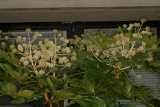

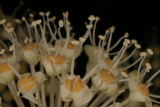
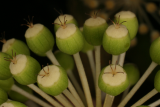
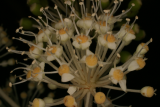
.JPG)

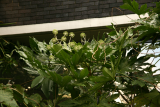
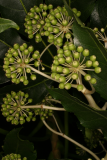
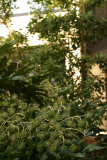
.jpg)
